Matt Barton on his First Permanent Installation in Denver

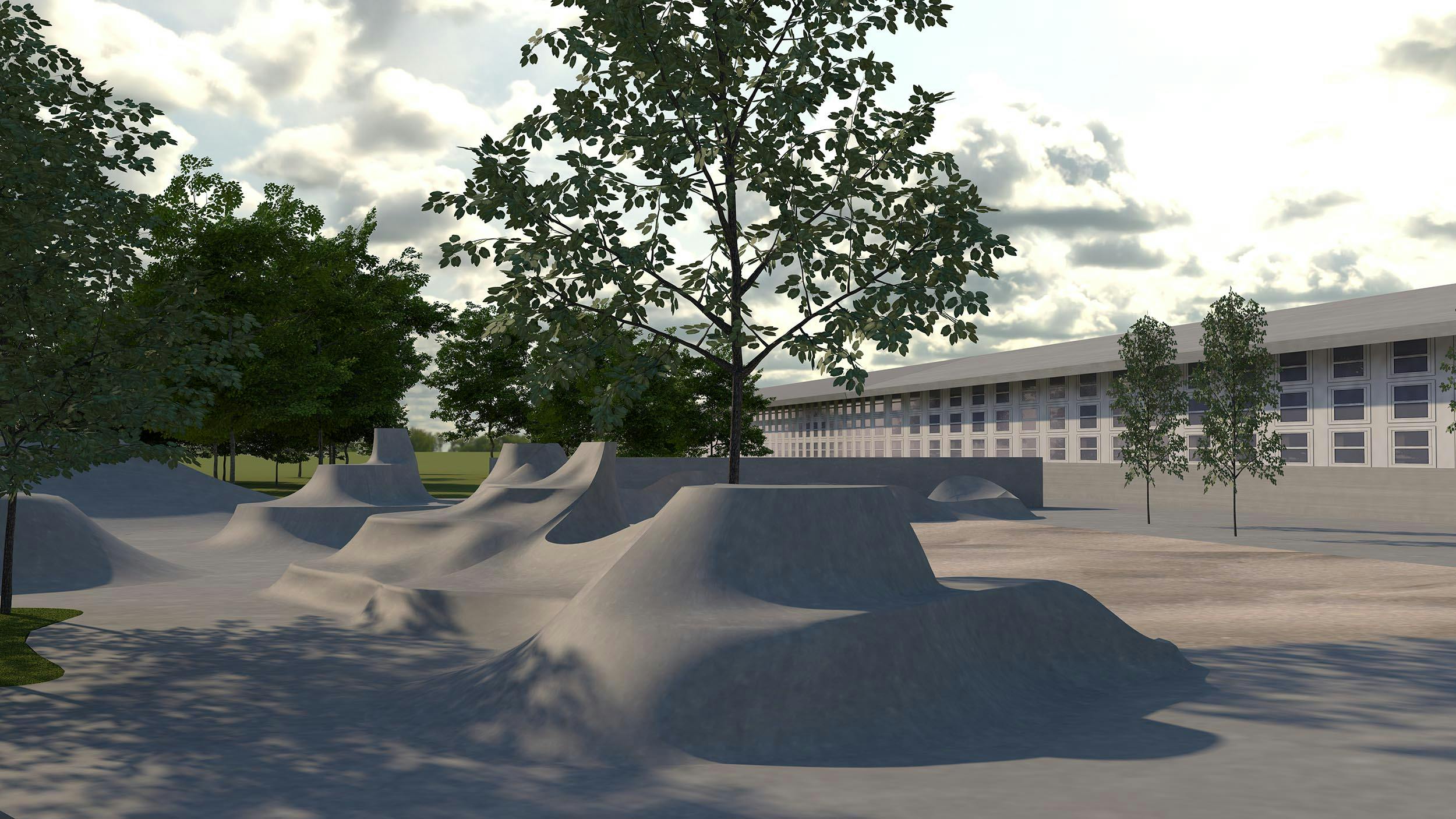
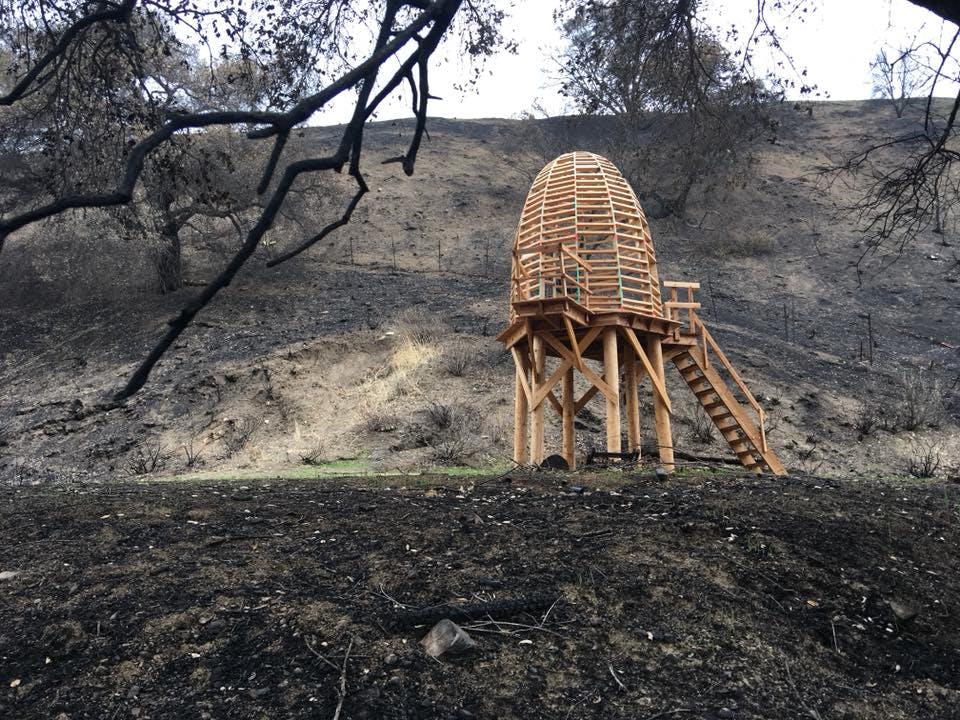
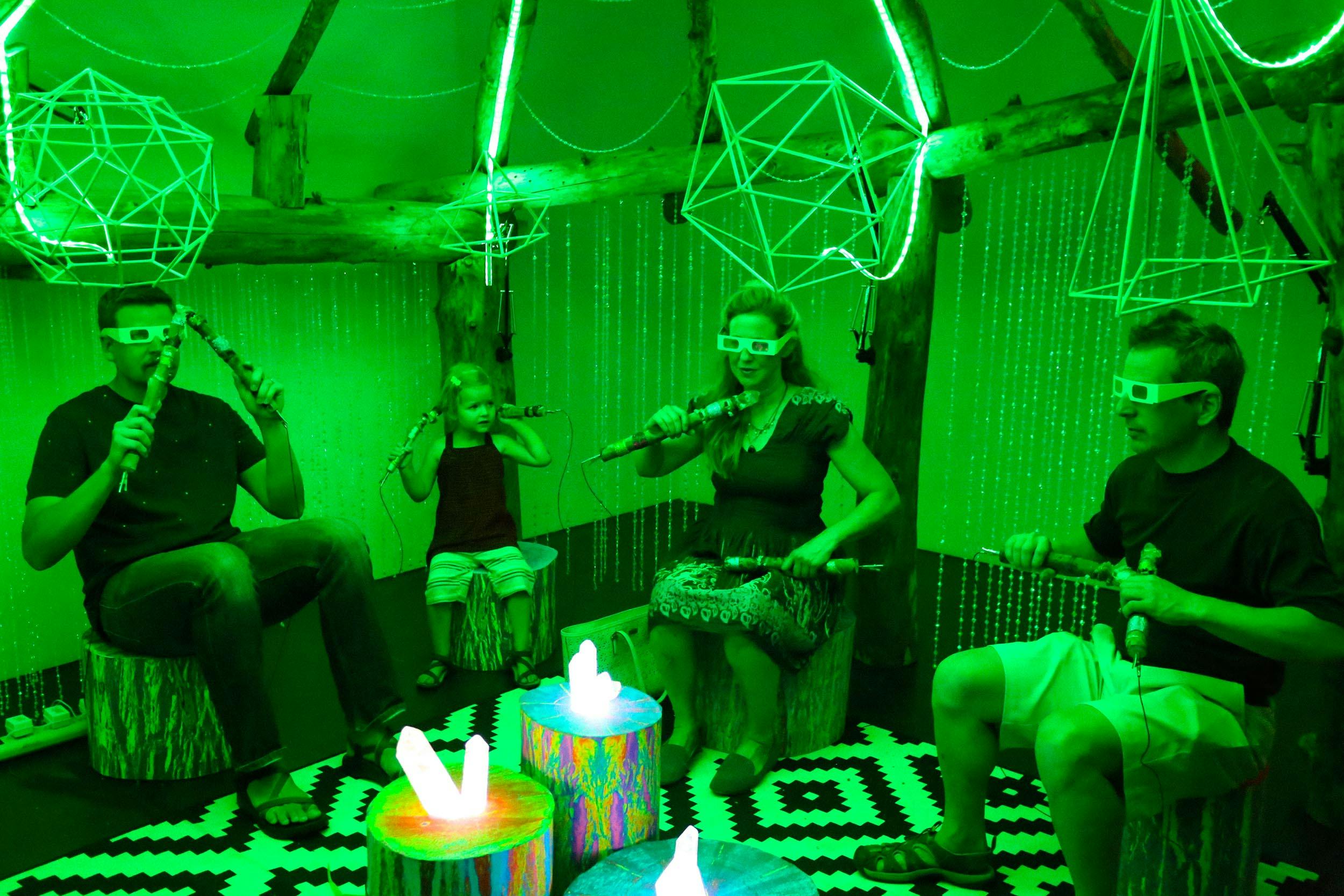
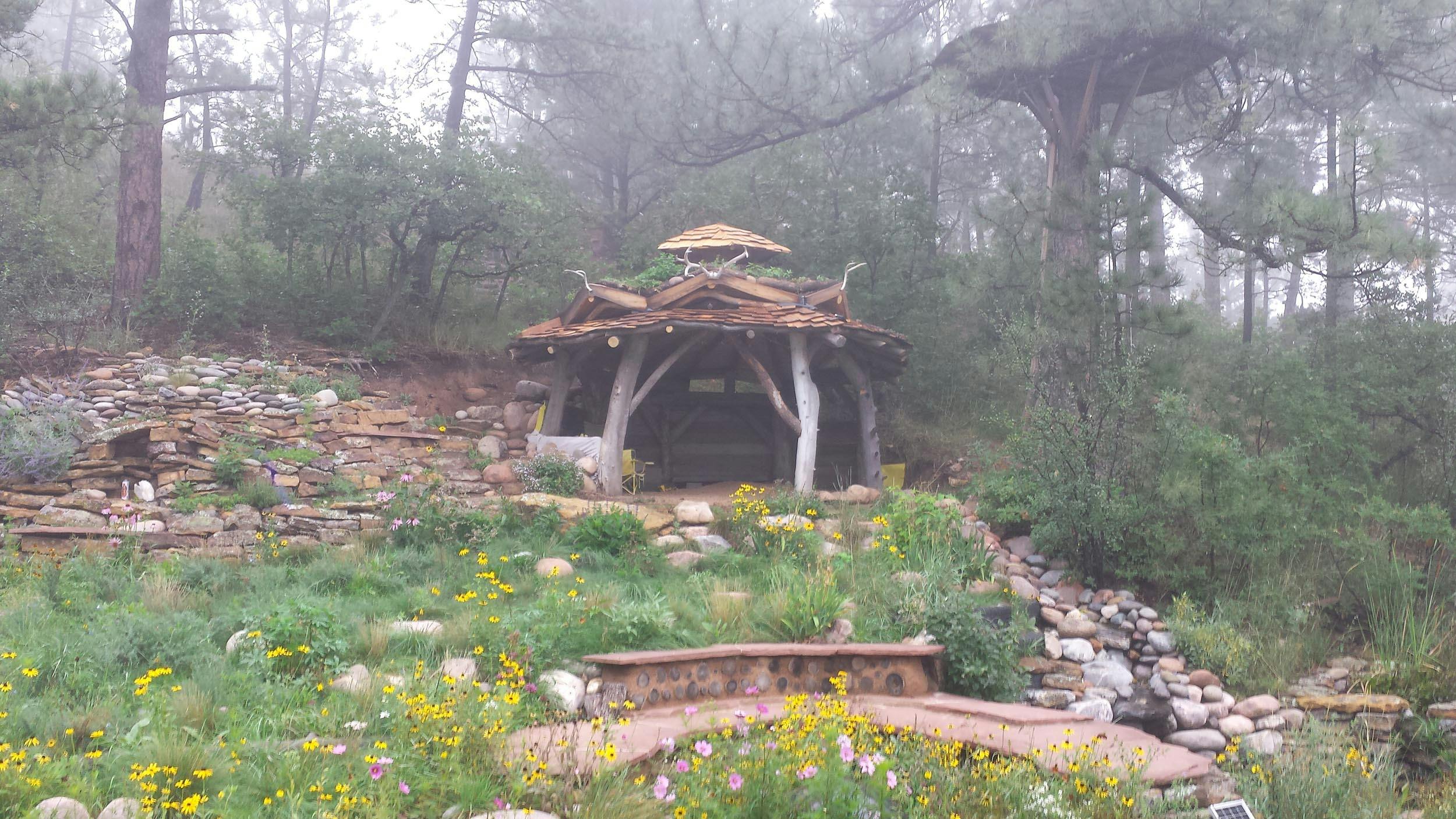


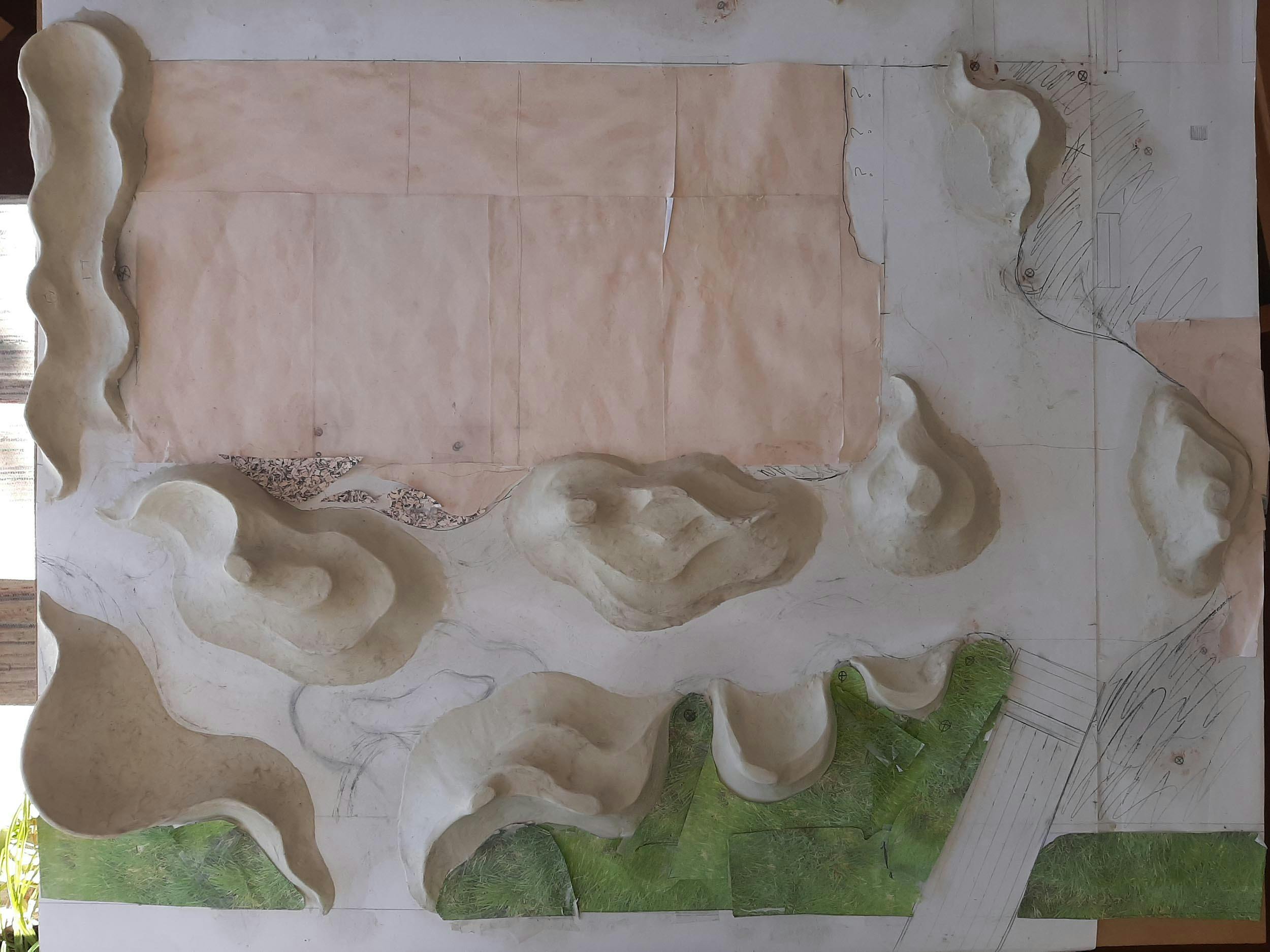
An interview with 2020 Artist Fellow, Matt Barton, about realizing Community Forms—the Colorado Springs-based artist’s first outdoor permanent artwork designed for a mixed-use community space within Denver’s Globeville neighborhood.
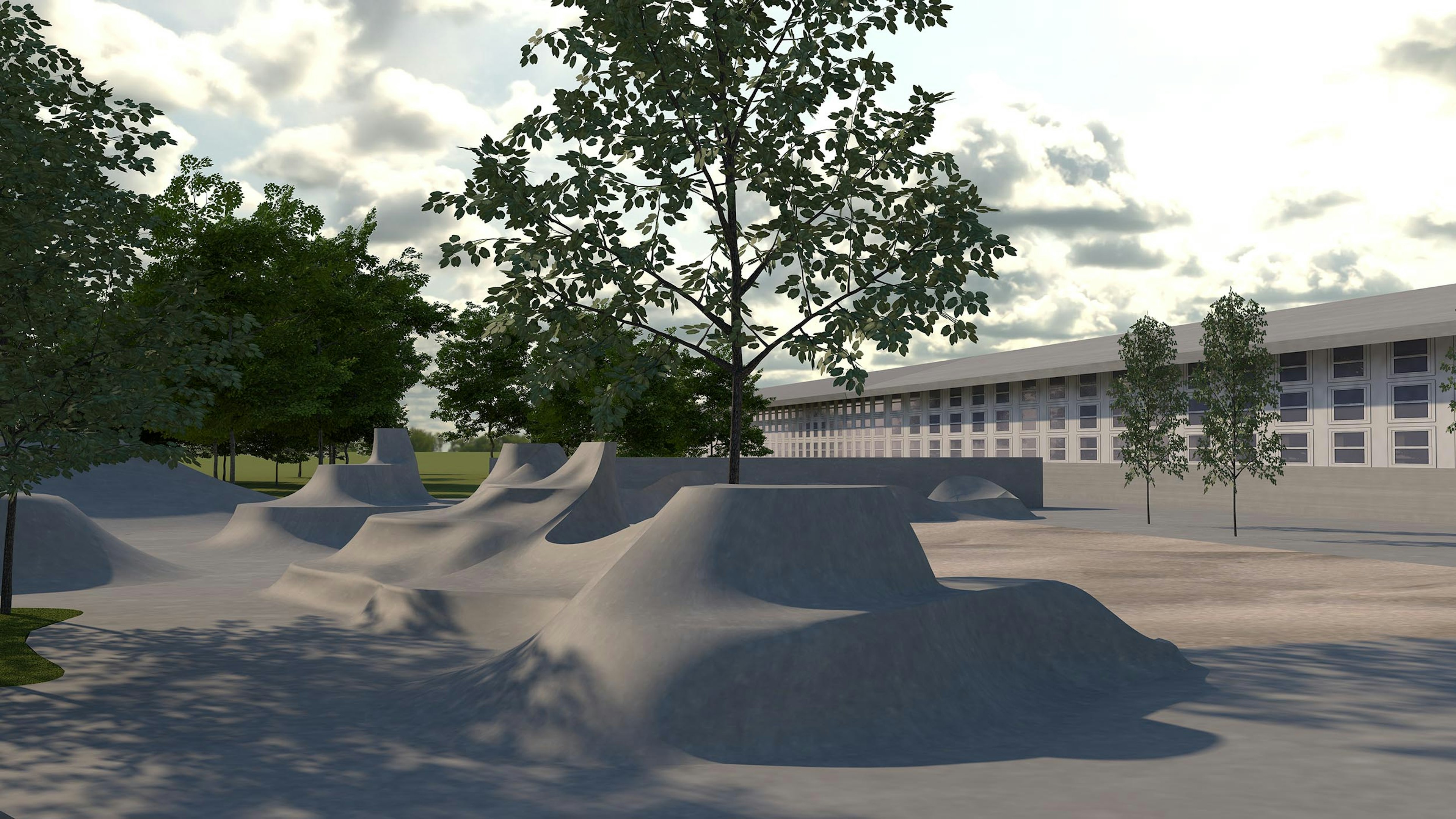
Matt Barton on his First Permanent Installation in Denver
Cortney Lane Stell: I’d love to start by introducing your practice. When looking at the work you’ve made over the span of your career, you have explored a slew of approaches to art—from abstraction to figural, outdoor installations to museum spaces, amongst others. Your geometric outdoor sculptures, performative works, and pseudo-psychedelic installations all have their own aesthetics. Yet your work, from my perspective, centers on human interaction and exchange. Is there a through line that connects your practice or are you more expansive and pluralistic in your approach to artmaking?
Matt Barton: Yes, a lot of my concepts start with a response to a site and how to engage the viewer is often the anchor for that response. Viewer interaction is a main source of inquiry, considering how audience participation breaks down boundaries between the viewer and the artwork in relation to concepts of popular culture, spirituality, personal transformation, and play. The immersion of the viewer has been an active component in these exhibitions, inviting participants to engage in layered experiences of materiality, sensory perception, and spectacle. My outdoor artworks carry many of these objectives, seeking again to create spaces for visitors to inhabit that elicit a sense of wonder, transforming the site, and allowing for viewers to experience spatial and perceptual reframing. My work often calls for a new awareness of sensory information (auditory, tactile, spatial, and visual) that invites questioning of the means. I believe this process invites seeing the world through a temporarily shifted lens, promoting a rupture in the mundane that invites inquiry, play, and renewed wonder.
CLS: How long have you been in Colorado? Has your practice changed since moving here?
MB: I’ve been in Colorado since 2007, so 14 years. The outdoor studio space is definitely influential. I work with lots of ideas that involve physical structures that integrate into the hillside and little forest area at my home studio. A lot of the projects blend natural materials I want to play with, systems that have some sort of function like the greenhouse, green roof, fire lookout tower/guesthouse, wood/solar heated hot tub, etc., and all of them have human interaction at their core. Those large-scale studies inform how I approach other projects.
CLS: Onto your Black Cube Fellowship project, Community Forms. Can you tell us about this artwork? What does it look like physically and what are the concepts behind it?
MB: It is a series of concrete forms that are inspired by the western landscape like Monument Valley, Utah, or how water carves through an arroyo. I like the shift in scale that the forms can play with from something that relates to human scale and can also be viewed as large landforms. It was important to create forms that invite exploration and social gathering. So, the topographic tiered levels on many of the forms started to guide the design as they seemed to offer places to sit and recline. The interactive element is critical. While one goal was to have it be successful visually as a sculptural installation, the bigger goal was to experiment with a public artwork that can invite creative interpretation and promote a sense of physical agency in public space. I grew up skateboarding and so often public space became confrontational. It wasn’t really meant to be used by the entirety of the public and as a kid you are chased by security guards, harassed, and arrested daily. I was shot at once by workers at a steel factory. That wasn’t a public space, but I was arrested when I was 14 for skateboarding on downtown sidewalks. So, this is big influence in my life and has always had me thinking about the limitations for how we physically engage public space. We walk or jog, but beyond that it starts to get confrontational. Bicyclists get harassed and hit by cars all the time. Are the ways we restrict our bodies imposed on us from ourselves or by the constructed environment and power structures that design our spaces? I think of skateboarding as the frontlines of reclaiming the built environment for all of humanity. It’s like a carnivalesque gaggle of clowns that are exemplifying freedom and creativity in the public realm, yet the tricks are so evolved that bystanders are shocked. It’s way more important and powerful than people realize.
I love imagining children intuitively recognizing that these forms are meant to be physically played with and that they won’t be told “No”. I can’t wait to see little kids turned loose in the space. People gathering on them will activate the space and the forms in a very natural way. And of course, the work is inspired by decades of skating all kinds of spots and skateparks, yet I want to offer something different that supplements all that is being designed specifically for skateboarding. The fact that the first priority was a successful visual artwork took the forms in a different direction from the start and throughout the process I was excited about creating something that inspires creativity of all kinds. For me, just sitting on them inspires a different interaction than, say, a bench. I’m more aware of my body, my posture, my broader orientation to the surrounding space, and I notice I start stretching on these forms, so add Yoga to the list of encouraged activities.
CLS: So, Community Forms has an openness about it. The physical artwork is abstract in form, which is complimented by its intended open-ended use. This is not something we see in our common everyday environments; meaning, interactive environments that are not prescriptive. Most of the interactive outdoor spaces that I can think of are prescriptive (such as a basketball court, playground, bike trail, or park bench). Can you elaborate on your interest in fostering free-form interaction? Why is it important? What are the challenges in building this type of public space?
MB: I like hearing the questions that people have had about the project already. It illuminates how taxonomic we are and the desire to have clear categories for things. I love the idea that an artwork can promote an openness of definitions and a relaxing of the hyper-dualistic worldview we inherit from our culture. So many issues are not black or white, this or that, and our discourse is in dire need of exercising space to view things with more mailability. I don’t think this artwork is going to change the world, but I do think that art, design, and public space effects how people think. I view the artwork as a hybrid of many things. The easy answer is that it is an artwork that is open for people to decide whatever they think it is. Some of the online skate community seems eager to call it a skatepark, but it’s funny. I’ve never seen a skatepark that has so many people asking, “Is this a skatepark?”. That’s usually more clearly understood.
CLS: This work also has another function—to channel stormwater and mitigate flooding. This sculpture literally connects the watershed from the nearby Freight building and the adjacent bioswale (a vegetated ditch that receives and holds rainwater runoff). Can you describe your interest in working with infrastructural elements?
MB: Like I mentioned about all the projects at my home studio, there are a lot of projects that are equal parts function and creating sculptural, visually engaging spaces. These forms relate to drainage ditches in material, and I grew up skating a lot of ditches. Cities separate skateparks, artwork, drainage, playgrounds, and gathering space for good reasons, but I want to see if we can play with the middle of that Venn diagram. The artwork doesn’t need to perform any utilitarian function in that way, but if the site is right and it can connect to another purpose, for me it connects to the greater site and context. The flow of water inspired the forms a great deal and also makes a connection to the viewer and the greater systems and cycles that we all share. My project, Soft Something, focused heavily on making connections between the viewer’s bodies, plants, and systems in a way that tried to highlight mutual relationships. The functional elements gesture to a greater connection between things, but I’m a little weary of saying I am going for an example of total harmony. That feels a bit too clean and conclusive. I would like to promote questioning and potential directions. I understand that budgets and liability dictate many of the things in our built world, but we all have inner fantasies of a world that better captures the human spirit.
CLS: You see Community Forms as the beginning of a larger series of outdoor public works. How do you see the work iterating?
MB: That’s all top secret. Just kidding. The basic concept can go in infinite directions. The site influenced this design a lot and the same is true for other potential sites I’ve pursued. This design has a western landscape influence that wouldn’t fit in other regions. The concrete techniques are so versatile that one can almost imagine anything. I can see iterations for public plaza spaces that are designed to allow space for the multiple users with breathing room, yet a unified design. I’d love to see the forms out in natural open spaces as well. Some sites wouldn’t include toys with wheels as much as this one, but this site encouraged that aspect, and I was excited to keep that in mind throughout the design process. I’m interested in the variation in communities that the concept can engage depending on the site. I’d love to do projects where kids really need a skatepark, and there is a chance to provide for their needs through public art if the city has funds for art but not for a skatepark. It wouldn’t exactly be “skatepark”, but it can create a space for that community that is unique and has playful features. I’d love to push the designs toward a playscape for kids. I also like how the forms invite gathering space, so it’s fun to imagine lots of different contexts, inviting physical exploration and resonance to the site. I have a hard time imagining a pre-made design that I’d be happy with plopping on a site. This was a fun site to respond to the existing features.